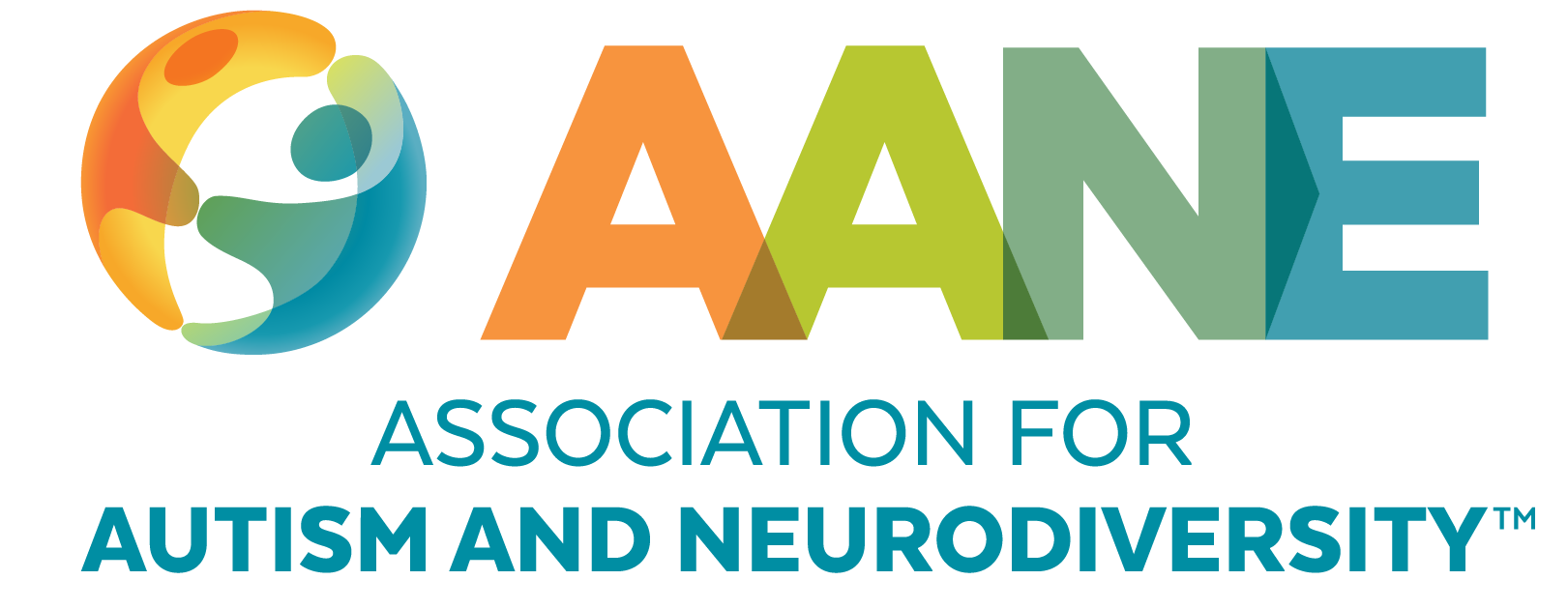
Energy Equilibrium
About the Author
Brenda Dater, MSW, MPH, is the executive director at AANE and the author of Parenting Without Panic. Brenda is a mom of three, and her eldest is an Autistic transgender woman. Brenda has facilitated parent support groups for over 20 years and thoroughly enjoys creating an environment where parents can find the support, information, and the community they need.

No matter our neurology, many of us have experienced burnout at some time in our lives. We feel intense emotional, mental or physical exhaustion from acute or chronic sources of stress and feel unsure of how to replenish our energy and re-engage in our lives fully. Autistic burnout is unique because it can be caused by the accumulation of often invisible daily stressors like sensory sensitivities or social demands while navigating a world not designed for an Autistic individual.
Causes of Autistic Burnout
One of the largest contributors to Autistic burnout is masking – feeling like one needs to pretend to be someone they aren’t to fit in. Having to deal with change or uncertainty also increases anxiety and symptoms of burnout. Sometimes the sheer number of tasks to complete or the time needed to process information, can lead to feelings of overwhelm. Experiencing all of these things over time can drain an Autistic individual of their energy and reserves, resulting in a deep exhaustion that can require a significant period of recovery.
Years ago I was in a workshop where the presenter asked us to turn to the person next to us and have a short conversation. There was only one stipulation: we were not allowed to use any words with the letter ‘e’ in them. As I thought through every word choice before using any language, I felt frustrated that I couldn’t communicate what I was thinking to my partner. We struggled to have a meaningful exchange. The exercise only lasted a couple of minutes, but participants talked about how exhausting it was to think so carefully about every word choice. Although the parameters of the exercise were fabricated and we could stop following them, the point of that exercise has stuck with me for decades. The amount of energy and effort a person may have to use to manage a given environment or situation can differ greatly compared to someone else.
Recognizing Autistic Burnout
One of the first steps in relieving any kind of burnout is recognizing the way in which activities, situations, and people affect us. Some may fill up our reserves and some may deplete it. We all have a finite amount of energy to expend and if we continually try to move past that without replenishing it, we will burn out.
It can be easy for neurotypical people to misconstrue signs of Autistic burnout as a lack of motivation or see the need for more help in a negative light. One very common question I heard when consulting with schools or working with family members was, “They (referring to the Autistic child) were able to do this yesterday. Why can’t they do it today?” The activities, people and environments one is exposed to impacts how much energy they have to deal with their responsibilities. Some days they’ll be able to initiate, follow through or engage with others. Other days, they will need to recoup and spend much or all the time resting and refueling. I don’t know what it’s like to live in my Autistic daughter’s brain or body and how the demands she faces impact her. Through the years, I have learned to trust and believe her when she says she needs a break.
Autistic Burnout Prevention
Spoon theory was created by Christine Misenrandino and is often used when talking about energy management. It is a wonderful way to carefully consider the elements of our day and think deeply about how each component uniquely impacts our energy. My way of making energy expenditure concrete is to use a set of bowls and beads that my woodworker husband crafted for me. At the start of each day, I put the beads in the larger bowl, which represents my available energy. I use the smaller bowl to hold the beads or energy that I’ve already used. Throughout the day I move beads between the bowls to help me see how much energy I’ve used and how much I have available to deal with what I have to do. The visual of the bowls and the beads helps me pay attention and regulate my wellbeing in real time throughout the day.
We all have a responsibility to create more inclusive spaces so that Autistic people do not have to mask to fit in and can engage in the way that is right for them. At AANE, we strive to be the place where people can bring their whole, authentic selves. If the environment is a good fit for you and the people in it accept and understand you, you will experience less burnout. If the environment, activities or people you spend your time with cause you stress, it may be time to set boundaries and limits to minimize time spent in challenging situations.
Even in challenging moments, I hope you can find the things that restore your energy and make time for what matters most to you.
Stay Current
Subscribe for AANE weekly emails, monthly news, updates, and more!




